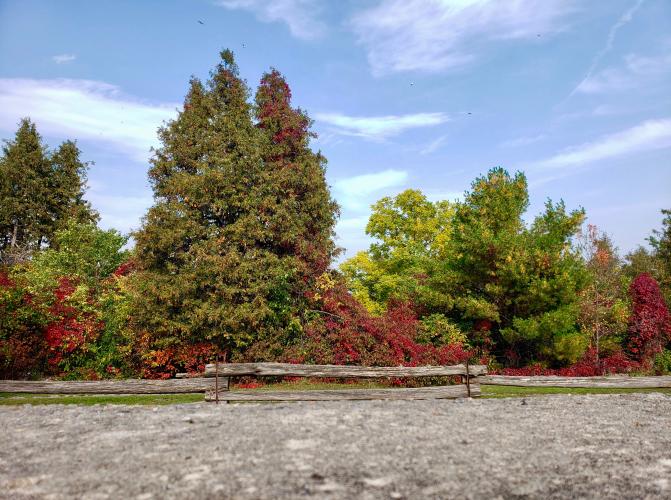A Return to the Digital: Archaeology Edition

“Digital archaeology of the 21st century is necessarily a public archaeology.” 1
Note: I submitted this first weekly journal for HIST3000: Digital Archaeology with a note attached addressed to my professor and TA, stating that I would only post our larger consolidation documents on this blog. I lied. Turns out I enjoy writing much more when given the freedom of informality.
I didn’t know what to expect coming into this class if I’m being fully honest. I almost took the introductory archaeology course Carleton offered in my first year, and from looking into what that would be about (lots of dirt identification, apparently) along with my already established beliefs about what archaeology is from other media (lots of digging), in my mind, archaeology is a very physical subject. It’s something “tangible”, something that you do, something that requires full body movement. Digital archaeology went against this notion of physicality which intrigued me, because what is it then???
The readings are what brought me up to speed, despite them also being where I encountered my first error of the course. I’ve never properly used Jupyter before, so although I don’t think it was required reading, I opted to start the week by going over the “Introduction to Jupyter” notebook linked at the top of the first reading. Well, the Binder wouldn’t launch so I gave up (for now) and continued on to the actually assigned readings to try and answer the question of what exactly digital archaeology entails.
The reason I opened with that quote was because, while it’s seemingly a simple statement, after reading and reviewing the contents of this introductory week I find it best encapsulates the essence of what digital archaeology is. Digital archaeology isn’t necessarily void of the “traditional” form of archaeology that I imagined– there is still elements of excavation and physical exploration– but it combines this with ever-advancing computing technologies that often necessitate collaboration. There are individuals or teams who collect the data, parse the data, then map the data or run the program meant to pick it apart– and much of this work is global, done using web-based tools with collaborators worlds away from each other. And this integration of the world of the web that digital archaelogist delved into made their work a fundamentally public practice. Advocacy for the protection of heritage is disseminated across numerous social media platforms, and these same platforms allow for both public education and engagement, as discussed in the Bollwerk article.
As someone who plans to study, essentially, how data is curated and preserved, I admit that I’m most interested in the technology behind digital archaeology, and archival opportunities that digital archaeology posits. It presents the future possibility of being able to thoroughly study artefacts without having the physical object, being able to preserve a historially significant object while not taking it from the community or person it belongs to.
1 An Introduction to Digital Archaeology, ODATE, section 1.1